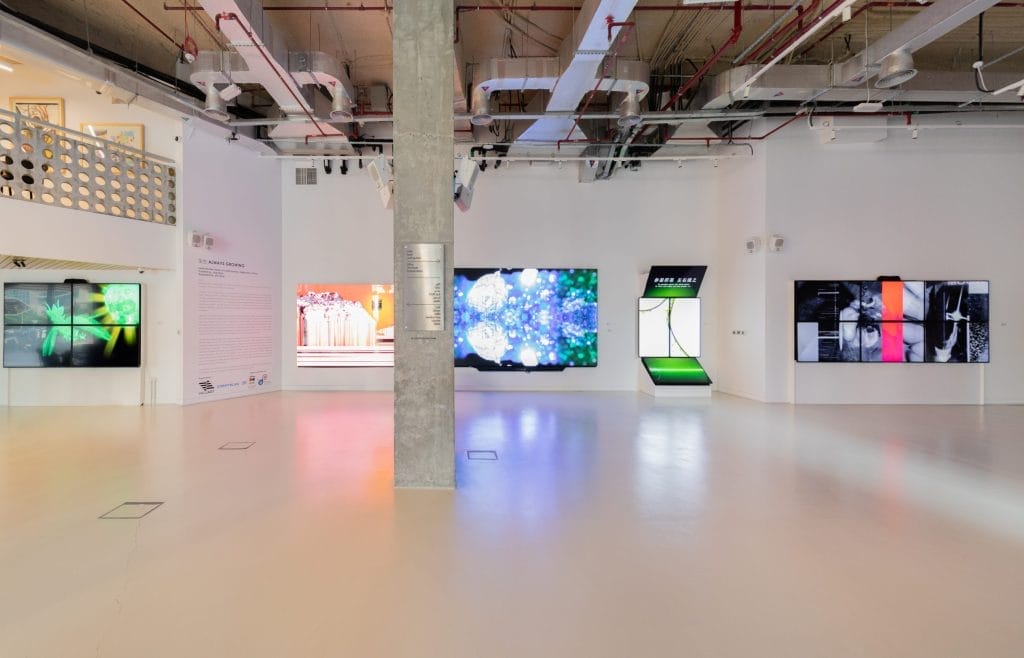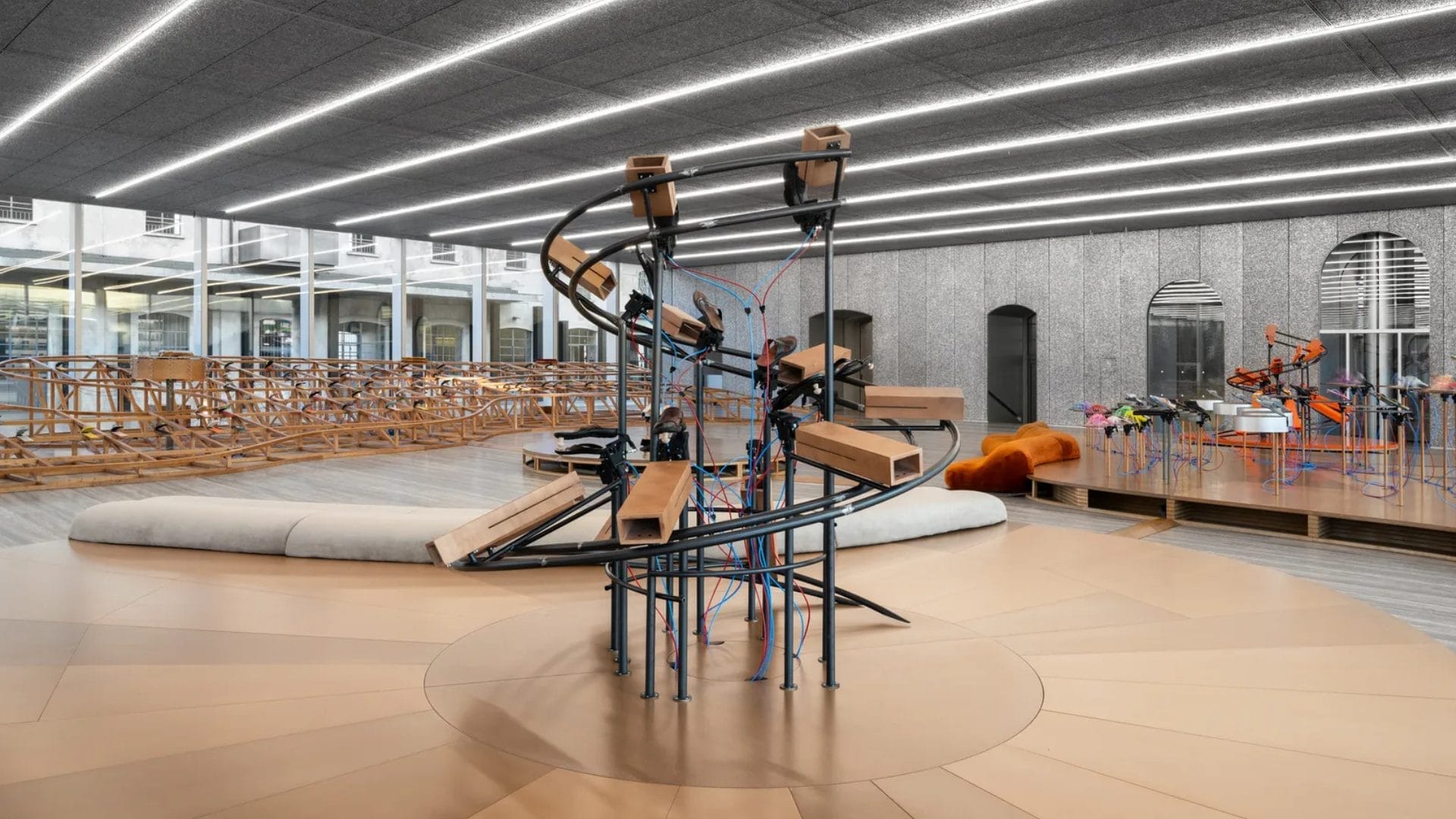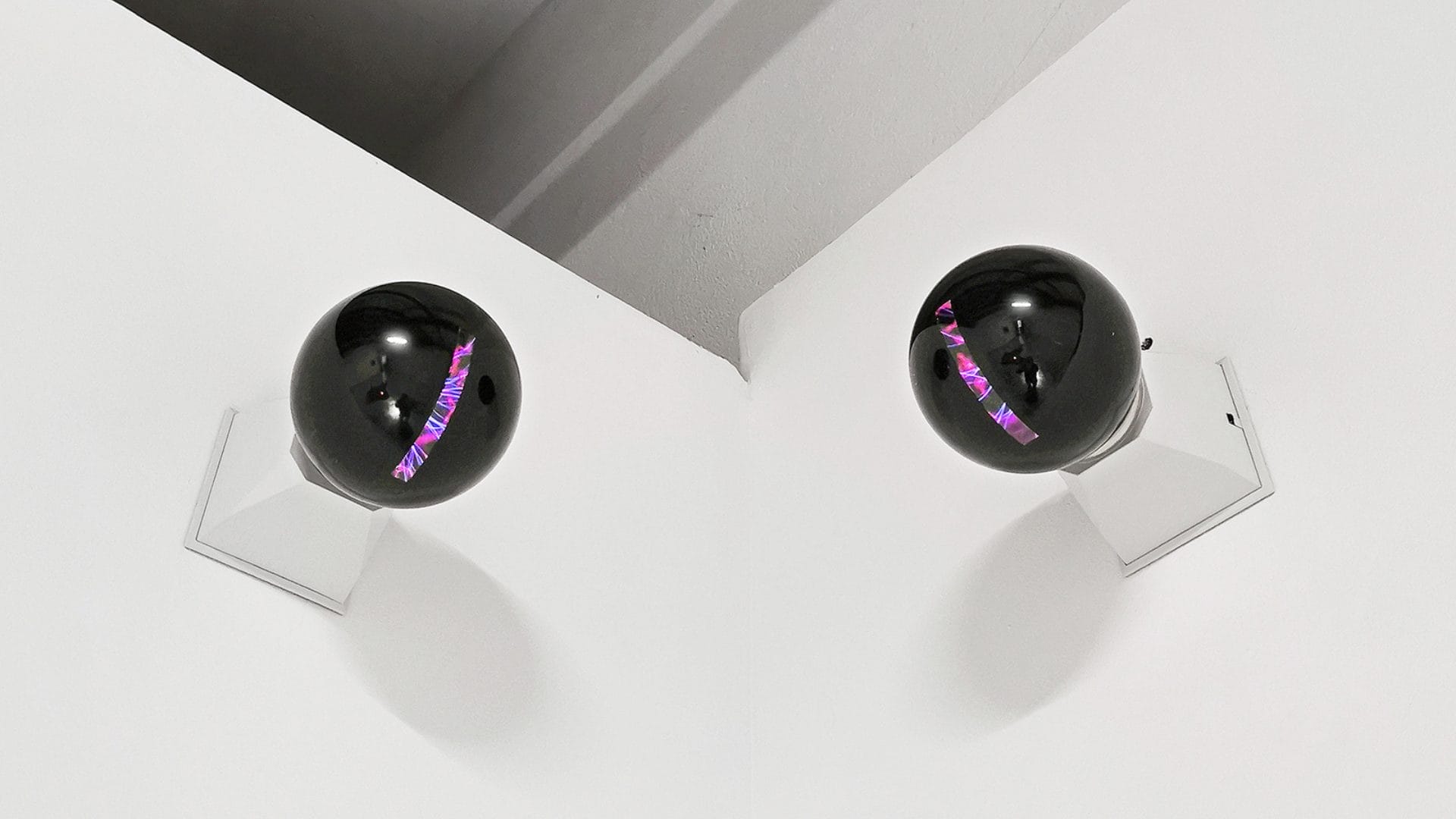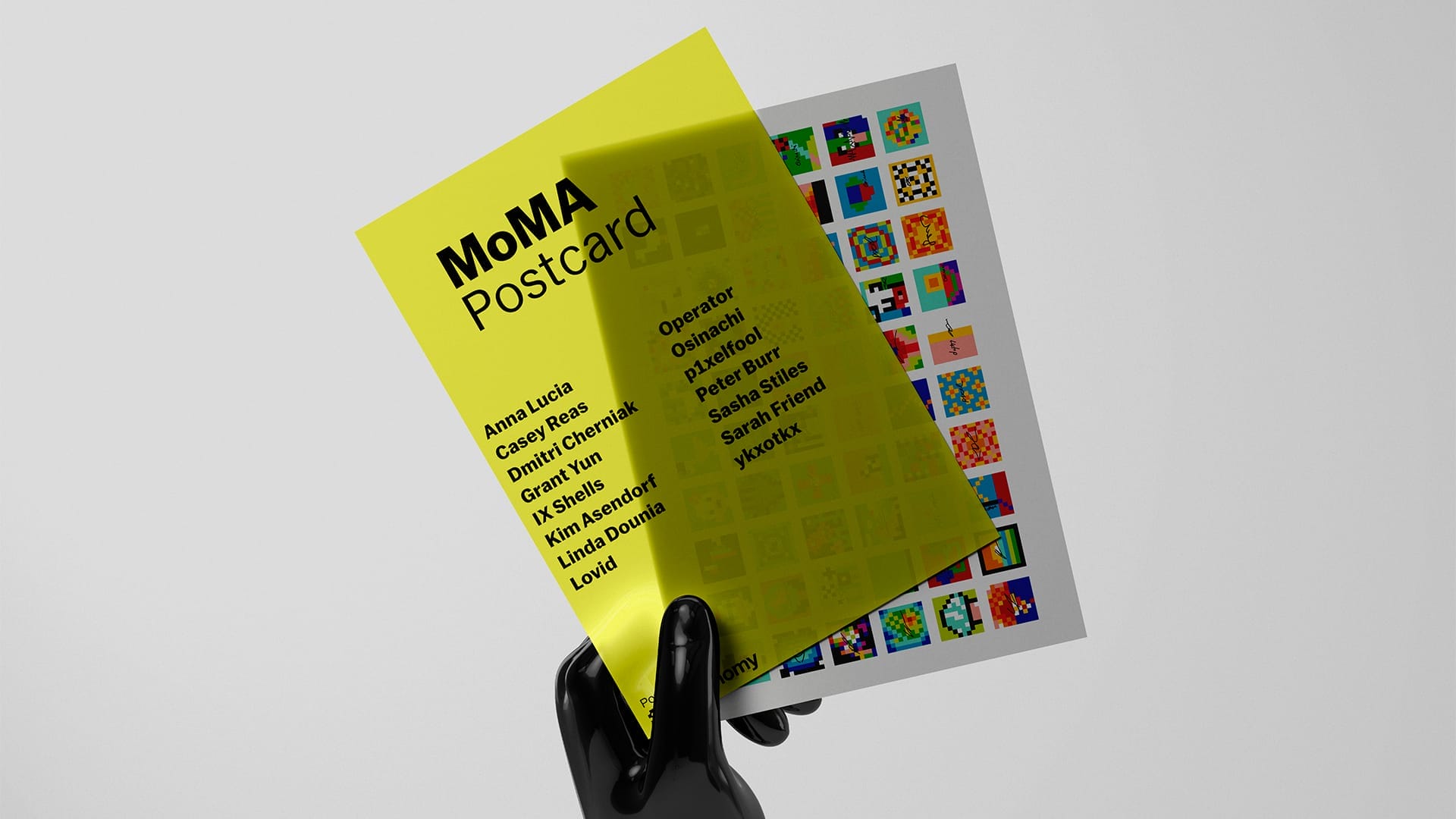
Curator Spotlight #1: A Focus on Contemporary Chinese Digital Art
We are excited to announce our new format, “Curator Spotlight,” with Giuseppe Moscatello as its first featured curator. This first chapter, through a series of dedicated content, aims to explore the profound connections between digital artistic experimentation and the complex cultural dynamics of the contemporary Chinese art scene.
This project serves as a critical exploration, featuring in-depth analyses and direct dialogues with artists, curators, and art practitioners. It seeks to explore the motivations and tensions that drive the creative processes of contemporary Chinese artists, highlighting the challenges posed by the dialogue between tradition and innovation, local identity and globalization. The goal is to reveal how digital art is not merely a technological medium, but also a language through which artists address evolving social, political, and existential issues.
Through interviews, exhibitions, and thematic insights, which will be developed over the coming months, the format will offer a space for critical reflection, where selected works will be analyzed not only in aesthetic terms but also as expressions of a rapidly transforming historical and cultural context.
This initiative is especially aimed at discovering and raising awareness of the artistic avant-garde in this part of the world, which remains relatively unknown in the West. Additionally, it seeks to foster a cultural dialogue that encourages the exchange of ideas and perspectives between different artistic contexts.

Giuseppe Moscatello and Jing Shen, with their experience and curatorial sensitivity, are dedicated to exploring the role of the artist in contemporary society, the impact of technology on art, and how traditional cultural codes are reinterpreted in the digital era. This journey will examine the deeper implications of creating art in an interconnected world, where the barriers between local and global dissolve and new aesthetic and conceptual paradigms emerge from the interaction between diverse cultures.
The collaboration between Giuseppe, co-founder of Foundry, and Jing Shen, has enabled the realization of a deep exploration, paving the way for new creative trajectories, culminating in the exhibition presented by InCulture, titled “ALWAYS GROWING.”
This exhibition that happened in the month of September 2024 at Foundry, Dubai, focuses on the history of contemporary digital art in China, curated by Jing Shen in collaboration with the Research Center for Digital Humanities at Renmin University of China.
Participating artists include: Baoyang Chen, Dabeiyuzhou, Fn Media Lab, Raven Kwok, Zixuan Nian, Uchan Sun, Xiaolei Tian, Changcun Wang, Yicai Wang, and Mr. D. Mousse.
Jing Shen, with her vision focused on innovation in digital art and her deep understanding of the Asian context, has worked closely with Giuseppe to shape a curatorial narrative that reflects the ongoing transformation of contemporary Chinese art.
Together, they explore how new technologies are redefining the boundaries of artistic language, inviting audiences to reflect on issues that transcend mere aesthetic gestures towards a broader understanding of social and cultural implications.


Beyond the Surface of Contemporary Chinese Art
To gain a deeper understanding of the vision behind this ambitious project, we asked Giuseppe a few questions about his curatorial journey and the motivations driving his exploration. His reflections reveal a conceptual depth that seeks to capture not only the essence of new digital art but also the historical and cultural context that surrounds it.
Fakewhale: What is the ambition behind the Curator Spotlight format, and what do you hope to uncover through your exploration of Chinese digital art through dialogues and in-depth studies?
Giuseppe Moscatello: Since I started working in the UAE with one of my flagship projects, titled ‘Islamopolitan,’ my primary goal has been to break down cultural and social barriers, creating spaces for dialogue that go beyond stereotypes and foster mutual understanding through art. In China, this approach finds new application: the intention is to create a platform for critical reflection where art is not merely viewed as an aesthetic form, but as a tool through which contemporary Chinese artists explore and confront the challenges and contradictions of their social, political, and cultural contexts; and every month, we will present some artist highlights, to showcase emerging talents and promote their work.
The goal is not only to give visibility to an innovative artistic scene that remains relatively unknown in the West, but also to stimulate intercultural dialogue by connecting diverse artistic realities. In this way, we aim to build bridges between cultures, offering the audience new ways of seeing and understanding the global society we live in.
I deeply believe that art and culture have immense potential as tools of soft power. Through art, it is possible to influence thinking, promote shared values, and transcend political and geographical barriers. However, I feel that the transformative power of art and culture is still greatly underestimated in today’s world. At a time when geopolitical tensions seem to dominate, art has a unique ability to open new paths of communication, fostering mutual understanding and encouraging a more empathetic and collaborative approach between nations.
My work, both in the UAE and in China, is based on the belief that art can become a catalyst for social and cultural change on a global level, contributing to redefining the role of the artist as an agent of transformation.
China is often seen as an ever-evolving laboratory, especially when it comes to its contemporary art scene. In your opinion, which aspects of Chinese culture and society emerge most significantly through digital art?
Contemporary China, particularly within its digital art scene, represents a dynamic and constantly evolving context where various social, economic, and cultural forces intersect. What emerges strongly through digital art is the ability of artists to engage with critical themes such as accelerated urbanization, the complex relationship between tradition and modernity, identity, and the growing influence of technology in everyday life.
One of the most significant aspects we find in Chinese digital art is the ongoing dialogue between past and future.
China is the country of the largest number of internet users in the world, and digitalization has greatly supported and accelerated China’s modernization, giving artists in this context a deep awareness.
Many artists reinterpret traditional symbols, practices, and myths, bringing them into the digital age. In doing so, art becomes a bridge between China’s historical identity and its technological evolution, highlighting the tensions and opportunities of a country rapidly advancing towards modernity without wanting to relinquish its rich cultural heritage.
Another recurring theme is how technology not only transforms the artistic language but also reshapes the very perception of reality. Chinese digital artists often explore the fusion between the real and the virtual, the individual and the collective, reflecting on the implications of artificial intelligence.
Contemporary art in China reflects a country undergoing profound transformation and rapid growth, where tradition meets innovation and local subjects intertwine with broader global themes. The ability to foster dialogue between these seemingly contrasting forces is what makes this art scene so fascinating and relevant.
Is there an artist, a work you’ve curated recently, or an event you’ve attended that, in your opinion, best represents the essence of this new format we’re presenting?
The solo exhibition of Cao Fei, Tidal Flux, at the Museum of Art Pudong (MAP) in Shanghai is undoubtedly an extraordinary showcase of her work, merging themes such as technology, digital worlds, social transformation, and nostalgia.
This mid-career retrospective is one of the largest solo exhibitions ever dedicated to the artist. It encompasses long-term projects, many of which explore the intersection between the virtual and physical worlds, addressing topics like urbanization, industrialization, and the impact of technology on identity and society.
Among the standout works are Nova, a science fiction-inspired narrative that examines the boundaries between the virtual and real, and Asia One, a video installation set in an automated factory reflecting on the effects of automation on human labor. These works encapsulate Cao Fei’s broader exploration of China’s rapid development and how technological advancements are redefining the human experience.
What makes Tidal Flux particularly fascinating is Cao Fei’s ability to navigate between past, present, and future, integrating personal, social, and historical contexts with the most innovative digital media. Through these contrasts, she reflects on the global and local influences shaping contemporary Chinese society. The exhibition offers an immersive experience, inviting visitors to engage with the digital and social changes transforming both China and the world.
Cao Fei’s skill in using digital technology as a means of critical social reflection positions her as one of the most progressive and intriguing artists in the contemporary Chinese art landscape. Her works are not only aesthetically captivating but also provide profound commentary on the tensions between tradition and modernity, globalization, and individual identity.
This first article provides an initial introduction to the topic, outlining the approach we will take in this exploration. Through dedicated content and in collaboration with Giuseppe Moscatello, we will examine the works of both prominent and emerging artists, alongside the broader influences shaping contemporary Chinese art. Our goal is to offer a critical perspective on how digital art intersects with the cultural, social, and technological developments in China today.
Stay tuned as we delve into this vibrant world over the coming months!

“ALWAYS GROWING”, a look into the history of contemporary digital art in China, curated by Jing Shen, organised by InCulture, in collaboration with Research Center for Digital Humanities of Renmin University of China”.
Artist List
陈抱阳 Baoyang Chen
大悲宇宙 Dabeiyuzhou
Fn Media Lab
郭锐文 Raven Kwok
念子轩 Zixuan Nian
孙羽茜 Uchan Sun
田晓磊 Xiaolei Tian
王长存 Changcun Wang
王一才 Yicai Wang
周行 Mr. D. mouse




fakewhale
Founded in 2021, Fakewhale advocates the digital art market's evolution. Viewing NFT technology as a container for art, and leveraging the expansive scope of digital culture, Fakewhale strives to shape a new ecosystem in which art and technology become the starting point, rather than the final destination.
You may also like
Exploring Collective Identity: A Philosophical Journey with Meriem Bennani’s For My Best Family
“One of the central themes of For My Best Family is learning to be together, questioning where
Nathan Carême, Le point neutre at La Station, Nice
“Le point neutre” by Nathan Carême, at La Station, Nice, 13.12.2024 – 17.12.2024.
MoMA Postcard: Creative Dispatches on the Blockchain
Amidst a contemporary art scene increasingly bridging with the digital realm, the Museum of Modern A




